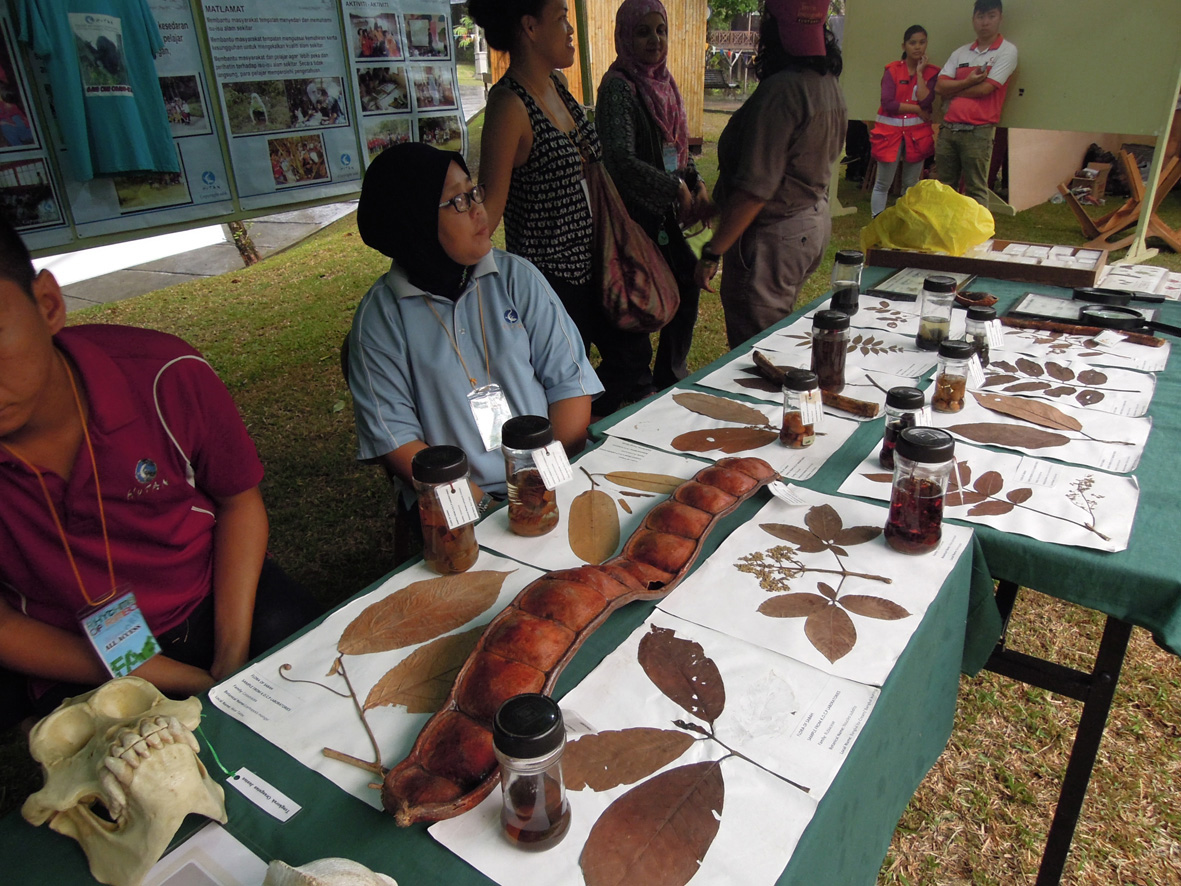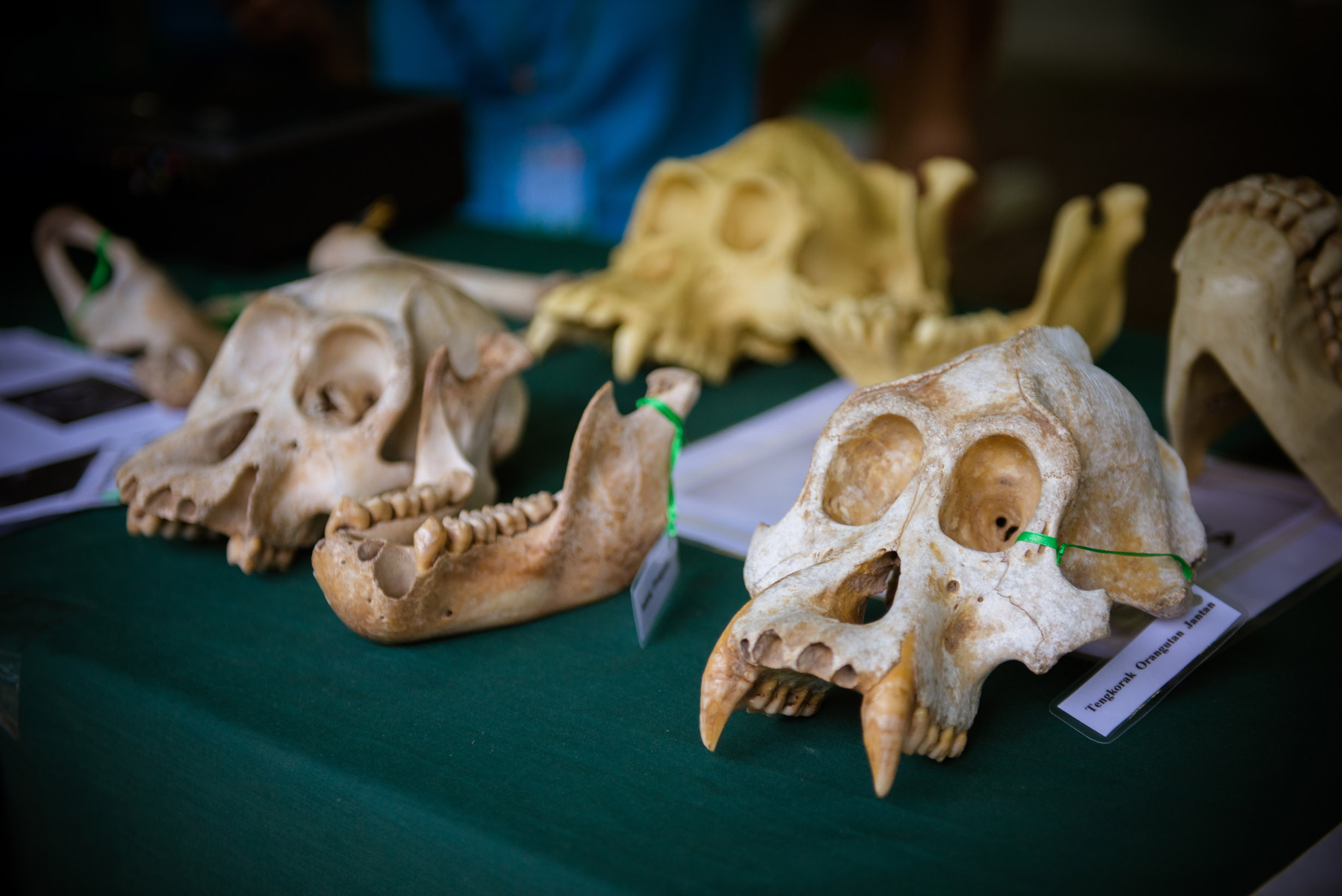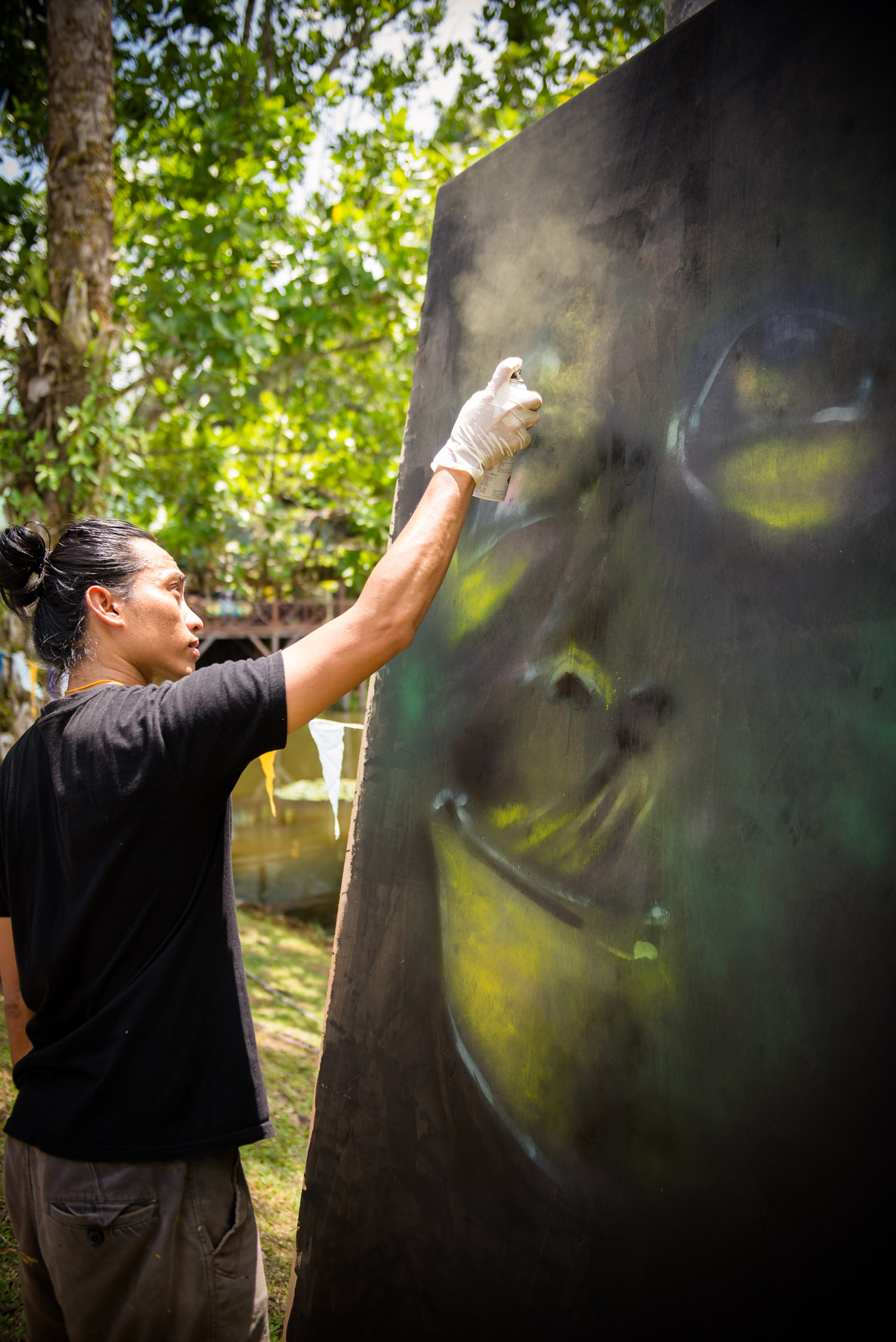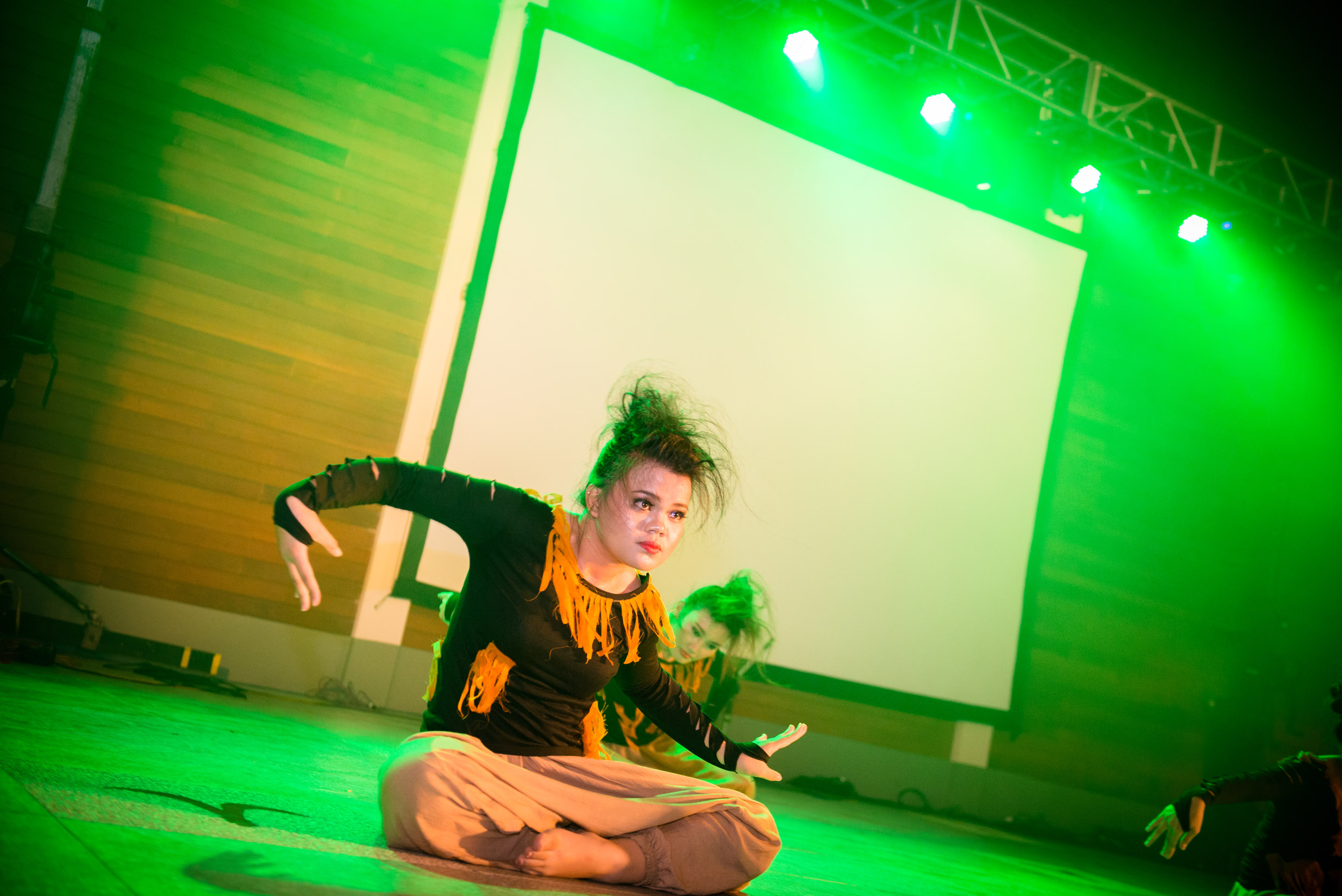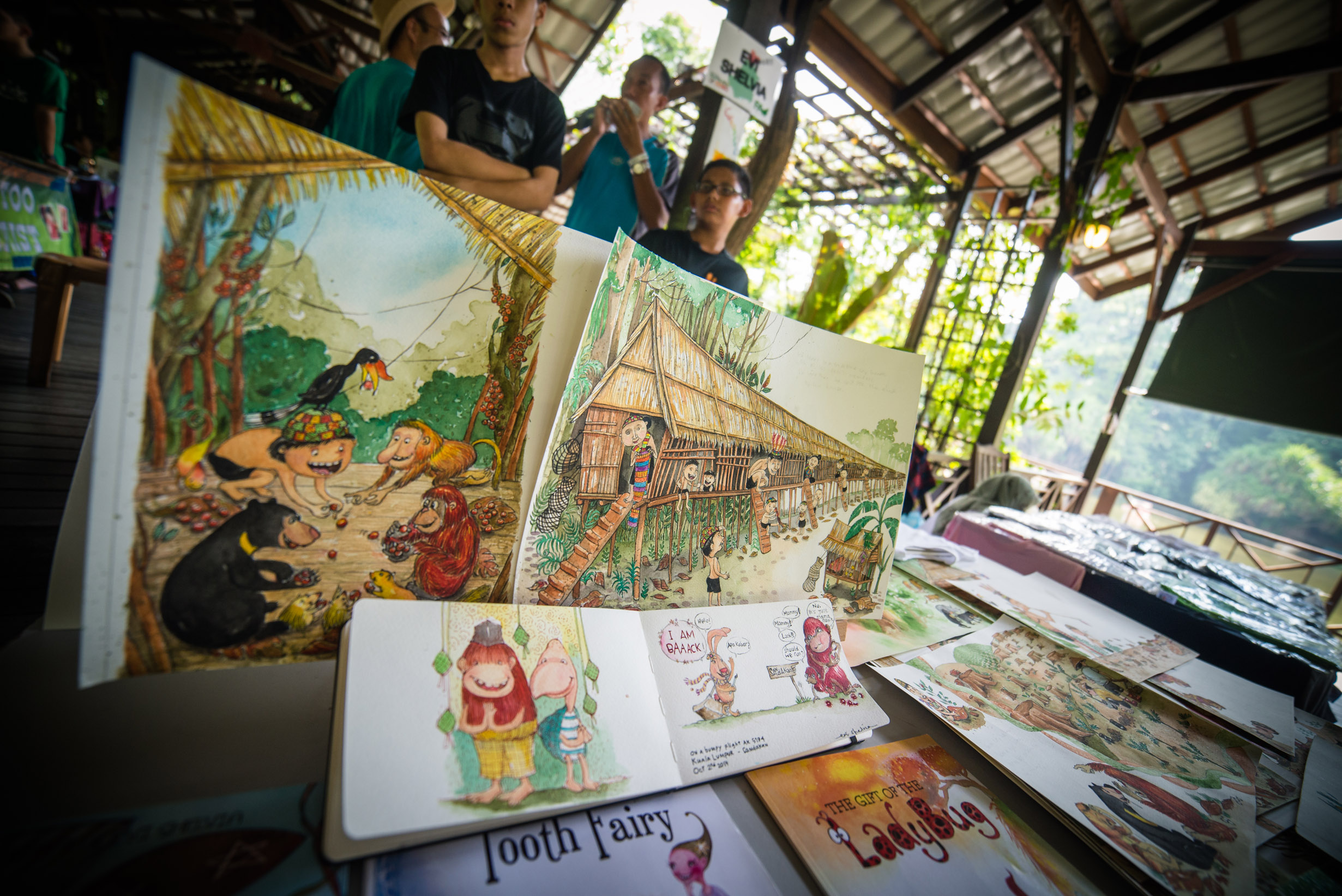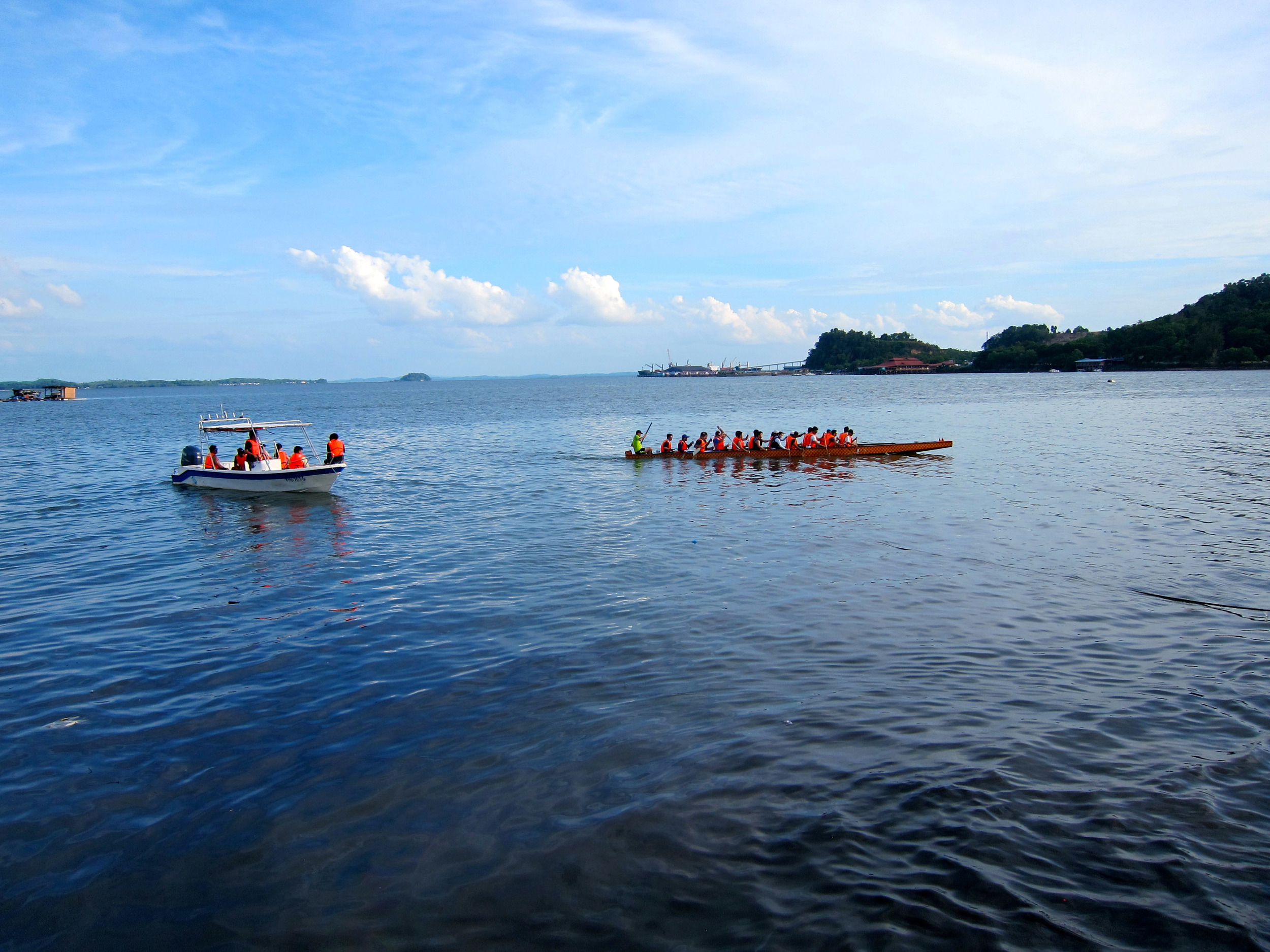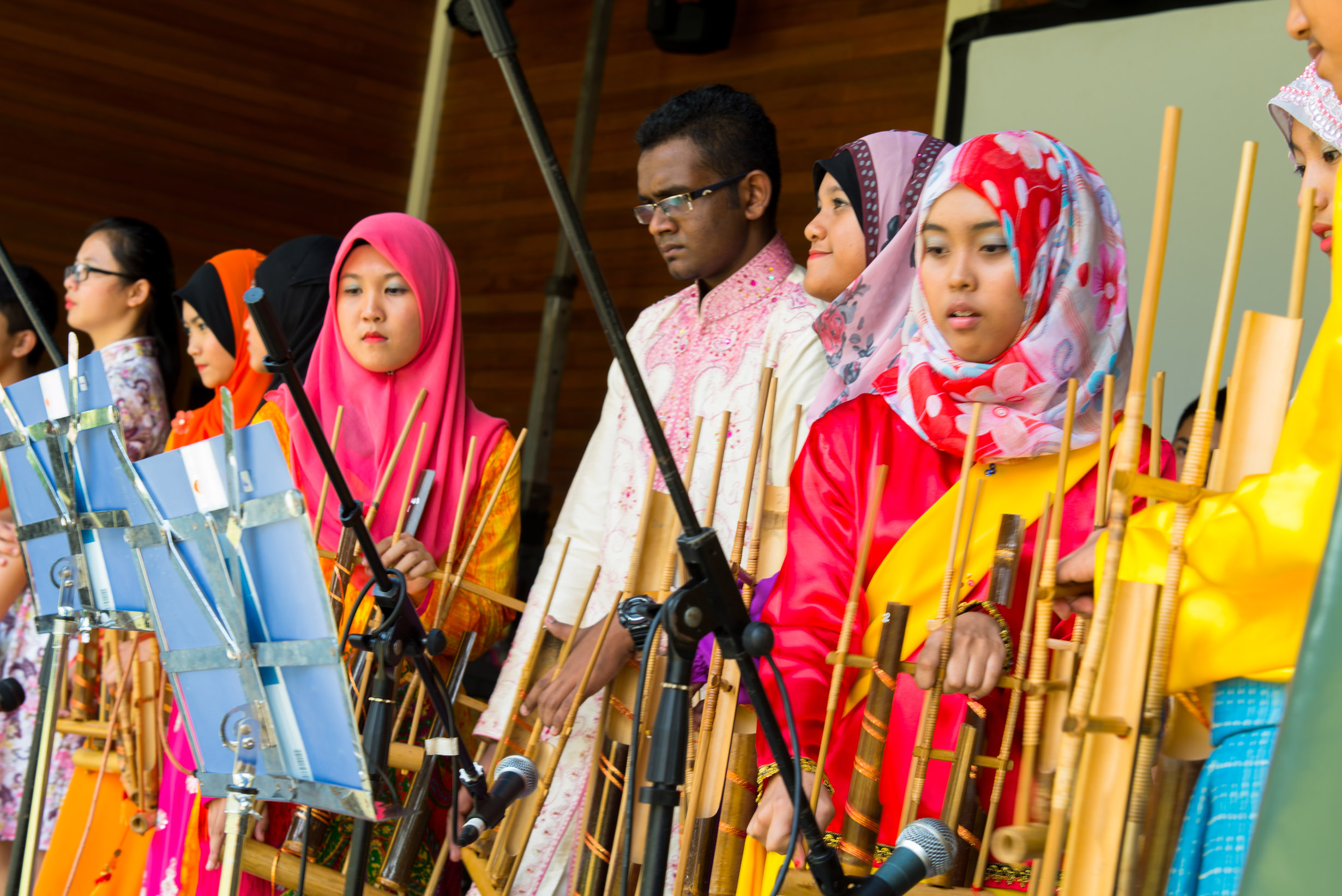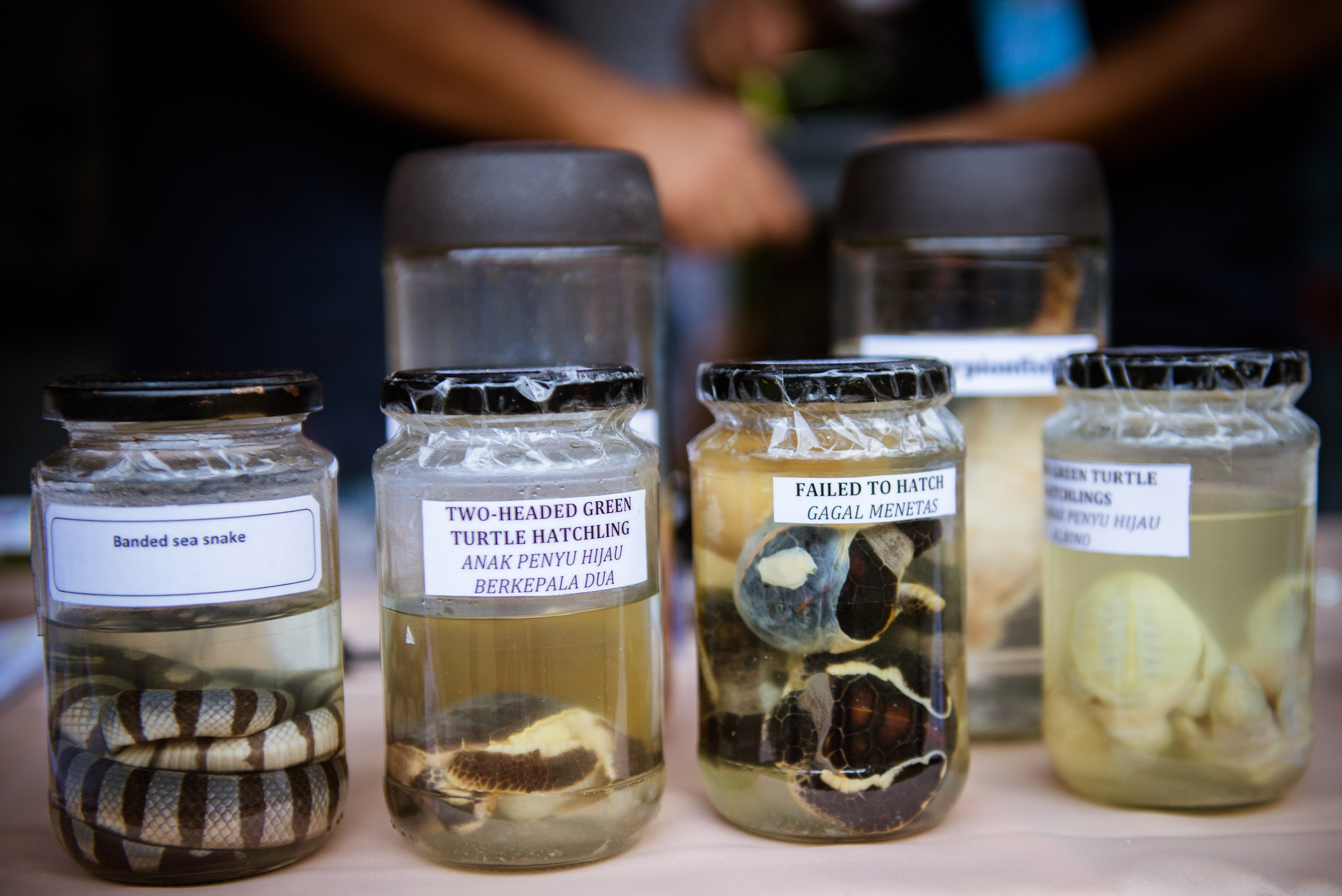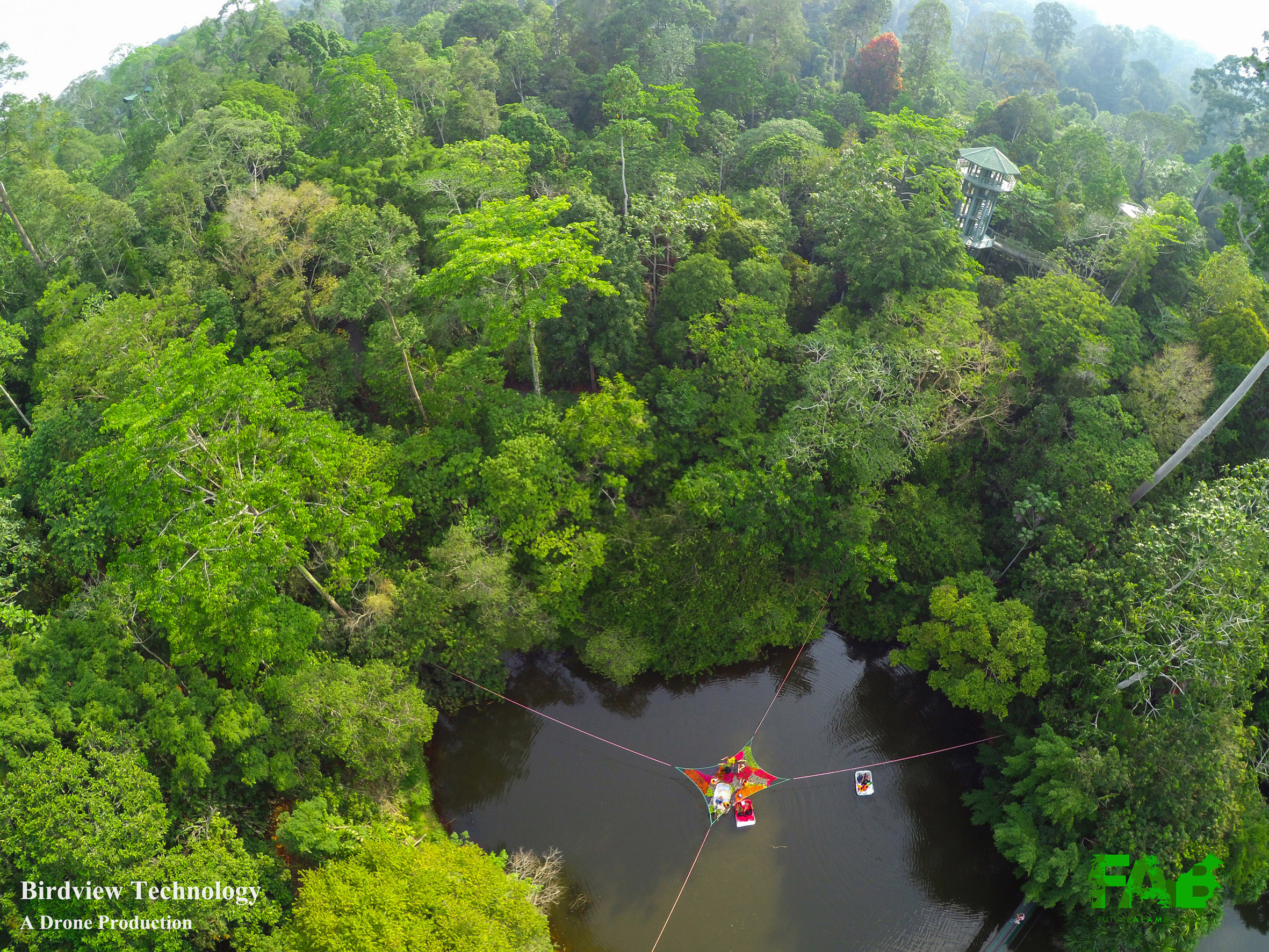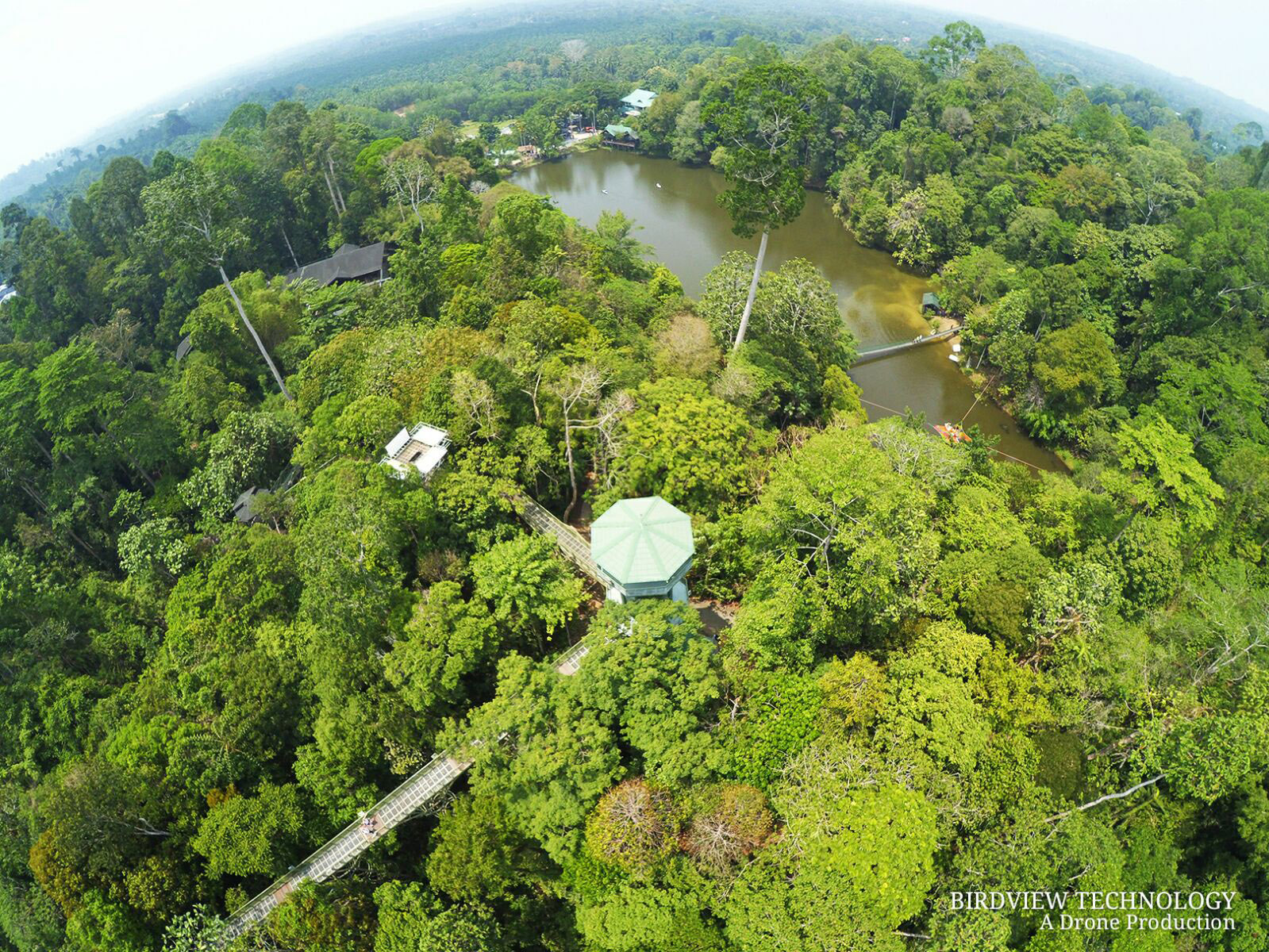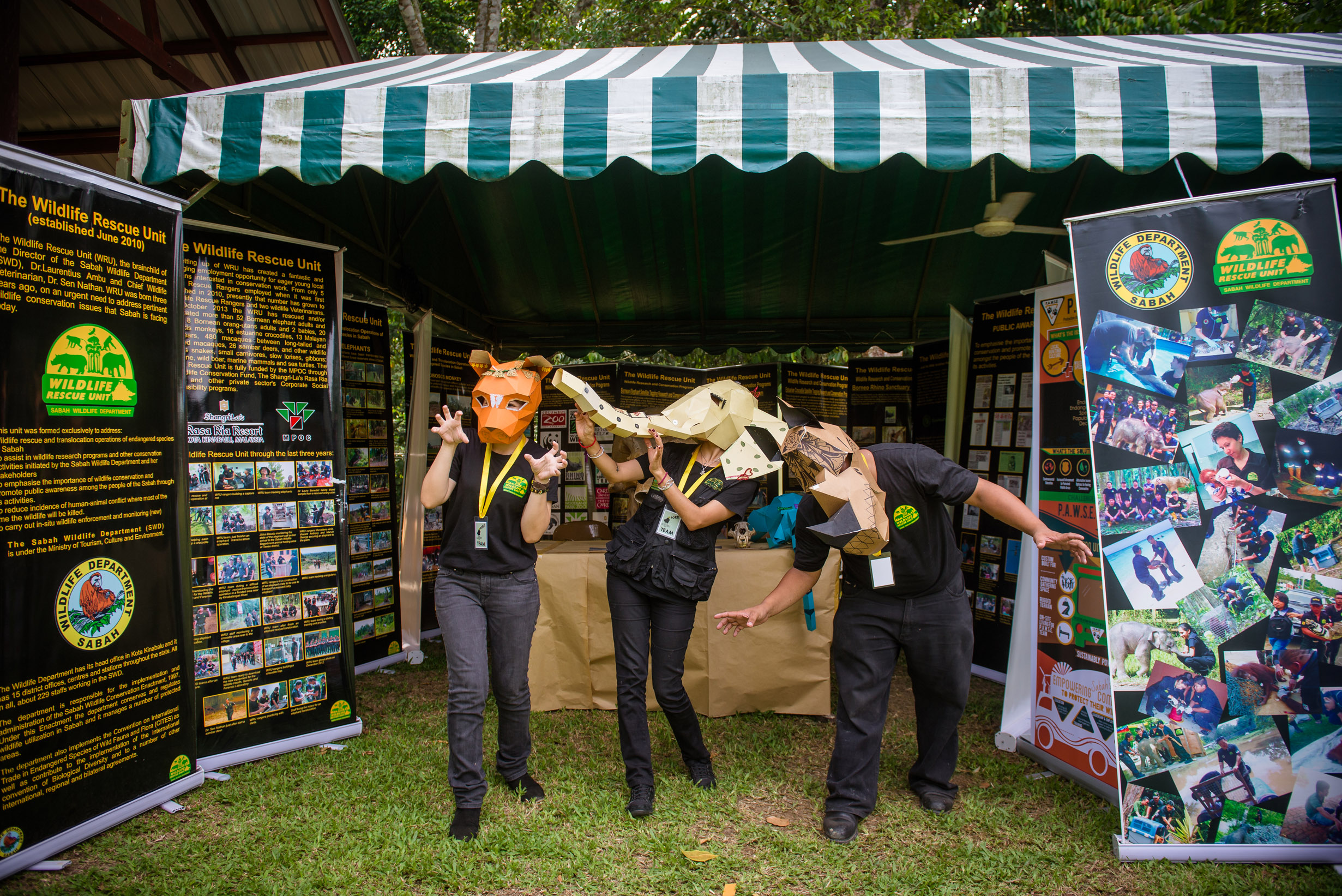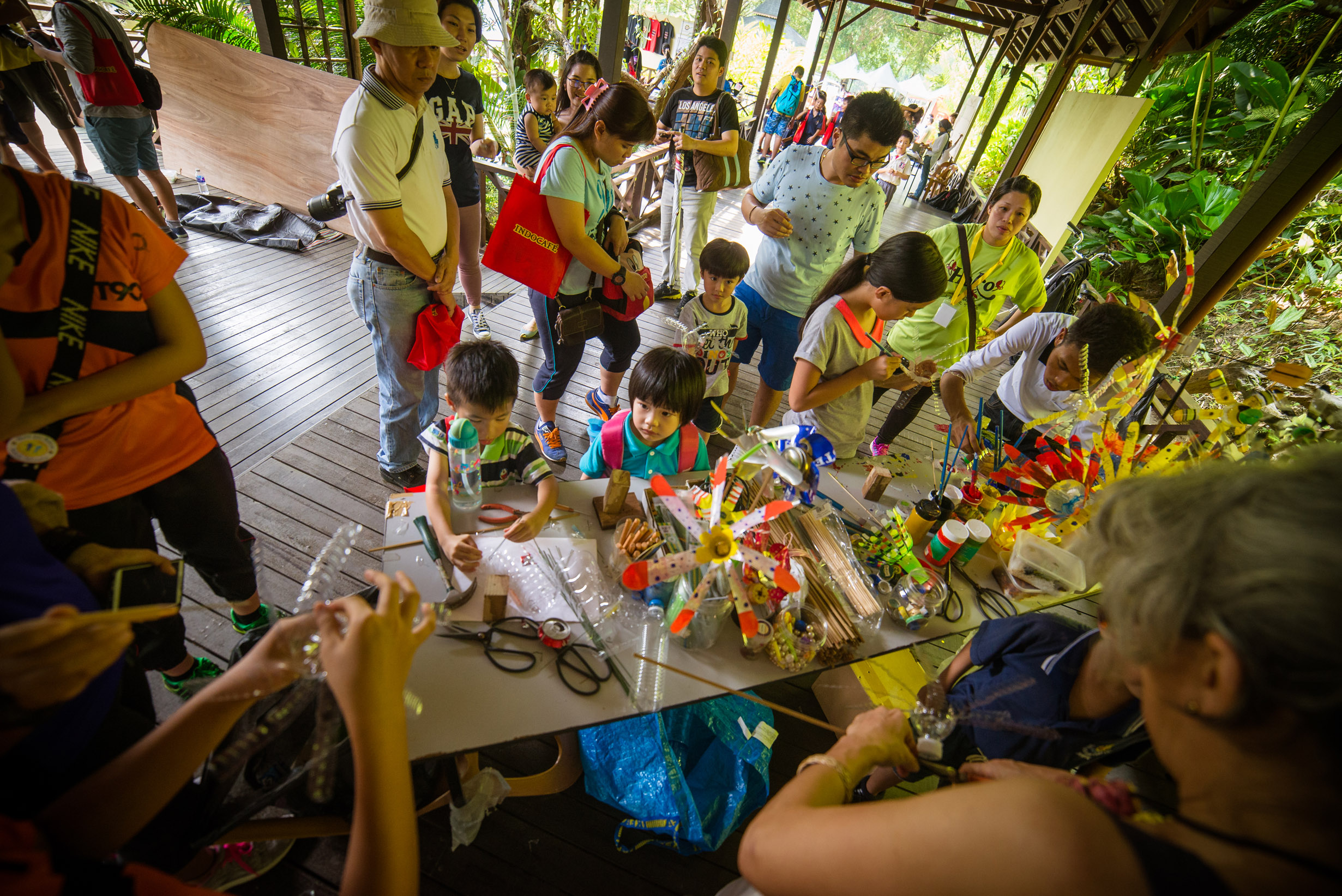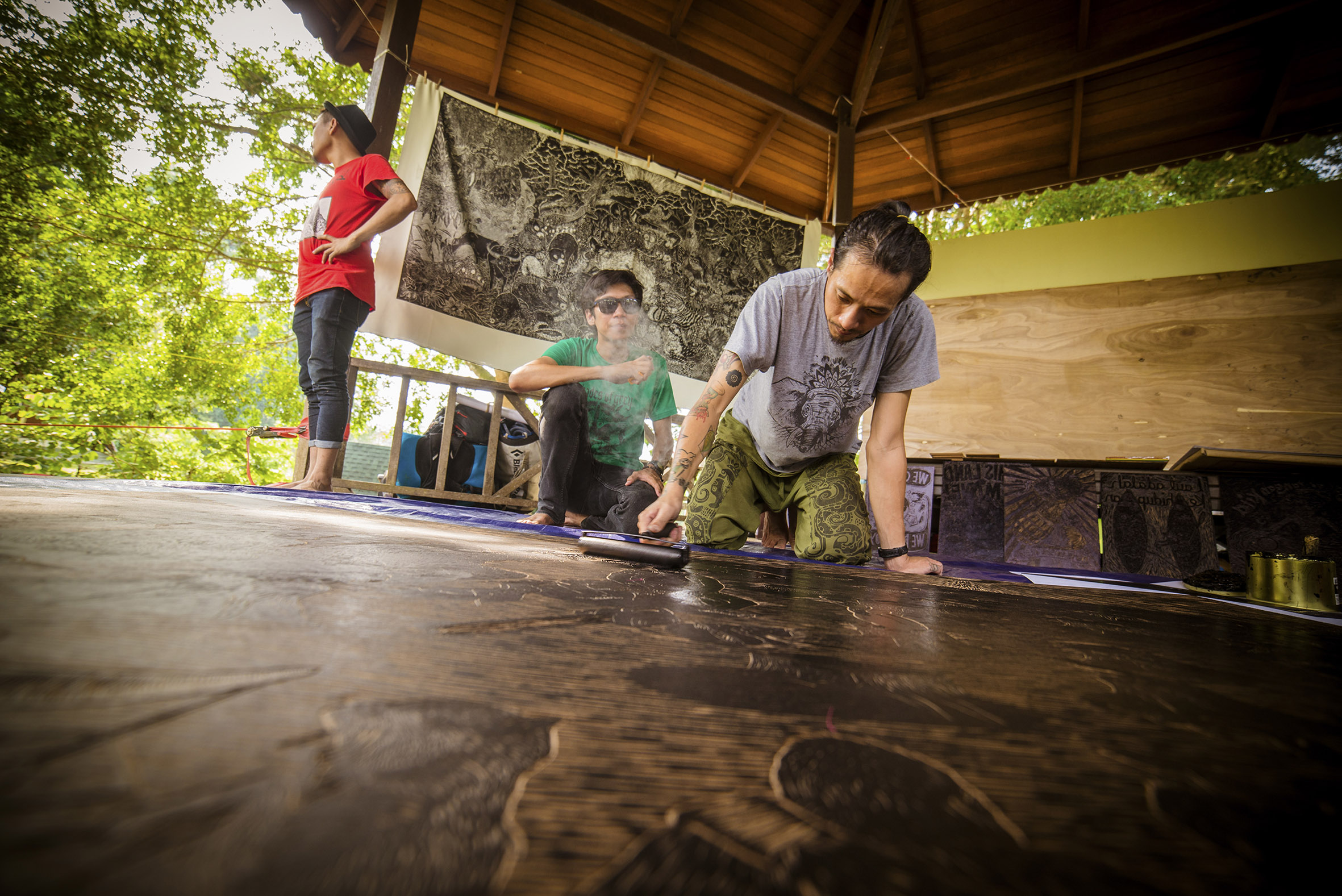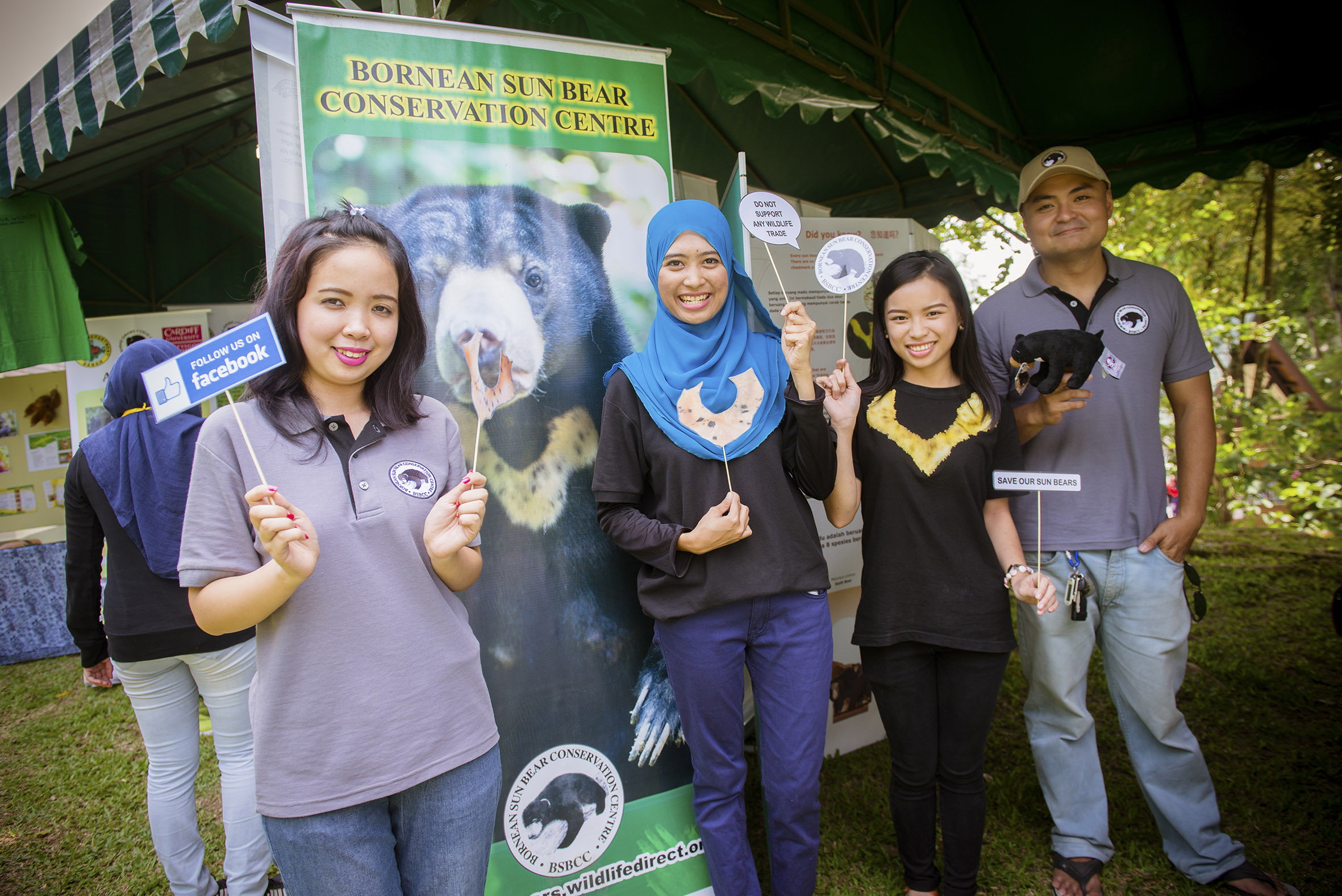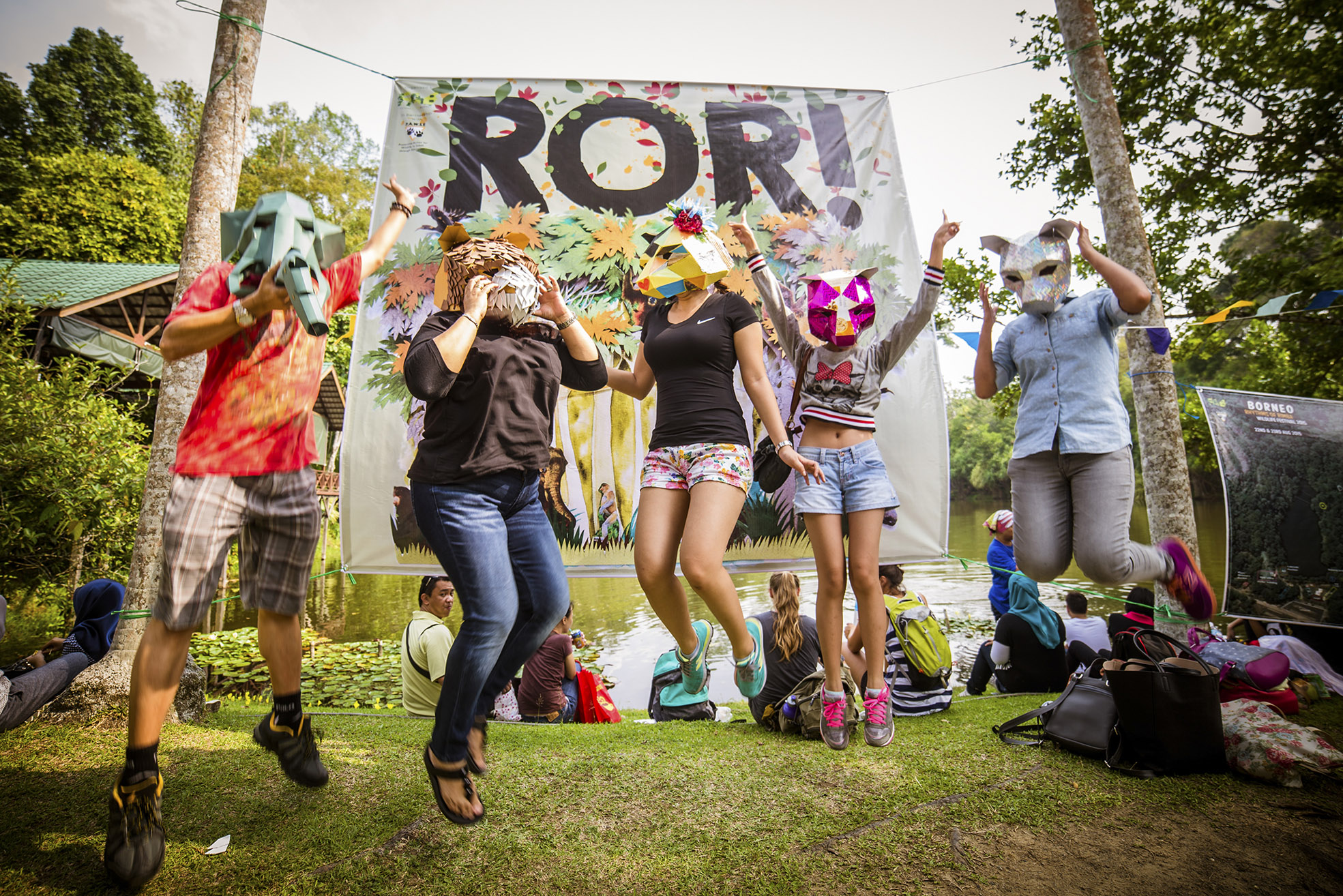Future Alam Borneo
Future Alam Borneo celebrates creative scene of North Borneo through curating annual art festival in the forest of Sandakan. Through putting together interesting artworks, music and events, they managed to set Sandakan, their festival location into a creative destination cannot be ignored in every August. During our exchange with FAB founder Anton Ngui, it was very heart warming to see such passionate Bornean like himself and his group make beautiful gathering like this kind possible for Borneo with clear vision and good initiatives. We hope FAB can continue growing and do great in future.
Q&A with Future Alam Borneo
B: Borneo Art Collective
FAB: Future Alam Borneo
B: Could you describe your project/group and project/group title in brief?
FAB: The Future Alam Borneo is a Registrar of Societies Malaysia-registered, not-for-profit NGO. We seek to create opportunities, connections and platforms to showcase Borneo's ecological potential to a broad audience, through the channels of music, sports, art, design, architecture and more. Our core objective is create and organise events and programmes to bring awareness of environmental issues (i.e environmental education), in accessible and fun ways so as to get the attention and participation of the public. We define this method as Experiential Education.
The Borneo Rhythms of Rimba (ROR) Wildlife Festival is a 2 day, festival platform for the promotion of conservation and environmental sustainability, set in a rainforest at Sepilok, in Sandakan, Sabah Borneo.
B: Why did you choose festival format? Why not other format?
The festival is a short, intensive platform that apeals to a wide audience range. We are not limiting ourselves to only this method of reaching the public, but with our limited human resource and funds, we feel this gives us the maximum reach for the optimum effort.
B: Tell us a story of how you have the festival set up for the first time? Share us how does it work?
FAB: In 2014, our committee decided to invite all the conservationists and creative friends we knew well, to start the first ROR wildlife festival. That same year we went 'knocking on doors' at government agencies and corporate bodies seeking donations to run the festival with the objective of reaching out to the public on conservation matters and to promote our island of Borneo.
It is simply having a plan and a proposal and convincing people to believe in your efforts and its value to the public. With that in place, you will find people willing to support you financially and in effort.
B: We aware that you setup cinema and facilities in the forest, are they temporary structure or permanent? How are you managing them in long term?
FAB: The Treetop cinema was a temporary setup/installation by our friends in Singapore, Salad Dressing Landscape. They may not redo it this year but there is always the option of using the building materials to do the same thing in the future or to upcycle it into something else useful.
B: Why and how did you start this project/group?
FAB: The idea of the society was suggested by myself towards the end of 2013 to a group of close friends with an interest in environmental and community-focused activities. After much planning and brainstorming, our group of 9 registered our society formally with ROS by the April 2014.
Our aim was to use a formal society status, to organise events, engage with governmental bodies and corporate entities, raise funds as well as interact with the general public, on an official level. We wanted it to be a longterm effort rather than an ad-hoc way of creating events.
For ROR2014, we started first by coming up with a mock programme and started seeking funding support immediately. Then we rallied all the conservation groups and organisations we knew to attend.
In August 2014, we organised our first ROR festival at Sepilok.
B: Who/what influenced you to begin this project/group?
FAB: The main influence was seeing the number of local and international conservationists and field research happening on the ground in Sabah, yet the lack of exposure and interest from the general public towards such globally important matters. So we felt FAB could become the intermediary to bridge the divide. And to make it more relevant to the public audience, we had to come up with innovative ways of sharing conservation to the masses.
And this concept of innovative methods would mean bringing in creative people from various sectors to contribute to the conservation cause. Hence our focus on bringing in artists, musicians, designers and others into making 'conservation' an important outlet for their creativity.
B: Specify some conservationists and field research that are happening on the ground in Sabah? How did they affect what you are doing and the direction of it?
FAB:Danau Girang Field Centre which is linked to Cardiff Univeristy UK has been doing a variety of species studies with its field researchers and postgraduate students.
Sabah wildlife Department works with a variety of organisations, again focusing on specific species.
The Bornean Sun Bear Centre founded by Wong Siew Te, a Penangite, has been open for almost 4yrs now and he himself has spent over a decade in Sabah studying the bears. Their work with the bears is opening up lots of valuable information on the animal, not just for Sabah but for the region where the bears are found.
All this research and knowledge is documented in academic circles but FAB hopes to assist them in introducing their work to the public, and especially in stimulating curiosity among young people on all these amazing animals and habitats.
B: Please share us a story of how did you bring strangers together in FAB?
FAB:It was literally cold calling some people and emailing others. For the majority of them, we would only get to meet them physically a day before the festival. But the friendships that have we have developed have led to longterm collaborations and new ideas.
B: In what aspect innovative method works for you in FAB festival organising?
FAB: At this point in time, it is our openess to exploring all ideas pitched by contributors that is making ROR a very diverse festival. We don't reject anything, even if it may seem far-fetched or expensive to setup. But this also makes managing things a little bit tiring. But we strongly believe in 'variety being the spice of life', and in conservation, it's being able to try different methods to get the message across.
B: What was on your radar when you were creating this project/group?
FAB: Using the ROR platform to build relationships with and create a network of international conservationists and organisations that can tap creative people and their ideas to promote conservation work to the world.
Reaching out to young people across Malaysia, and then to international audiences.
Doing all the above with Borneo as the base.
B:Tell us how easy and how hard it is, to have Borneo as a base for your festival? What could be done to make it better?
FAB: Borneo island is a place of amazing biodiversity. This makes it the perfect setting for matters that concern the natural environment. A wildlife festival is best produced in an area with wildlife. However, as it is still relatively rural and certain areas remote, accessibility and communications infrastructure are not as advanced as they could be. This makes things which need a wider audience reach, harder to achieve. But with these few hindrances, it is important that development is well-managed to protect the natural resources, while moving ahead with the times. This takes both creative ideas as well as the will-power to implement when you are faced with general economic concerns too.
B: Where do you see your project/group evolving in the near future? What are you busy working on at the moment?
We are currently launching our The Borneo Books Project which is a story-creating competition whereby students create fictional stories with the natural environment as the theme. The submissions will consist of written manuscripts as well as visual artboards portraying the story. It involves creative elements in different mediums, and will be a team effort. There will be monetary rewards for the best submissions, and the long term goals are to have stories good enough for publication as written or illustrated books, or even stories that can be turned into animated features.
FAB is also working with Arkitrek - a sustainable design architecture firm, that is also a social enterprise, to engage with the local Sandakan Municipal Council to explore community projects that we can collectively develop. From public spaces to community-specific infrastructure facilities. FAB wants to play a bigger part in physical spaces that impact local communities.
B: Tell us about local Sandakan Municipal Council and your collaboration with them. What is special about them compare to equivalent authority in Malaysia?
FAB: The Sandakan Municipal Council's reach is specifically Sandakan. All towns in Malaysia have their own local councils that look into community and infrastructure management issues. FAB is merely at a discussion stage with them, to see how we can better develop our town in a sustainable and 'green' manner so that we project a concerted environmental image. Our goal is also to turn Sandakan into an environmental hub – not just for conservationists and scientists, but also people who have enviromental matters as their core focus. Hence working with the local council is a step in that direction.
B: How do you see Borneo art community at the moment?
FAB: It is definitely exciting times as there is a wealth of creativity emerging from throughout Borneo; expressing cultural, social and personal themes. These people may be a pioneering wave, and with it, they will face a lack of an established financial support network. If they can rally together via platforms such as BAC, the goals of sustainability and achieving ambitions may not be too far off.
B: How do you see the collaboration between FAB and BAC? Any thought to share with us?
FAB: BAC's focus is on creativites while we are specifically targetting environmental education. There are synergies there in that we are constantly seeking new and innovative ways of educating the public, while our broad reach of friends may also interest you in promoting creative talents from Borneo, from various disciplines.
B: How could people access your project/group at the moment? Is there any public participation/volunteer you allow in your project/group?
FAB: The public can find us via our website or our Facebook page.
We welcome all sorts of creative people to our mix, as long as they have an interest in preserving our natural environment and have content that is relevant to our cause.
B: Tell us how do you incorporate new people in your platform? Is there any facilitator to guide them through the process?
FAB: We tend to add people to the platform via referals, or just discovering people through a broad base of research online. We are connected to a lot of environmental and creatives networks which allows us to see what people are doing out there in the world, and if we see it as compatible with our efforts, we'll just drop them an email to connect with us.
There is no formal system of joining us/contributing to our festival. We merely engage with people online and discuss casually how their specific strengths can be shared on our stage or how they can adapt their skillset to our theme that year.
B: Please recommend three stories/projects/individuals/groups that we should reach out to in order to expand the Borneo Art Collective network.
FAB:
Cracko Art Group (CAG) – contemporary street art group.
Tamu Tamu collective – arts & craft collective based in KK
Hezekiah Asim – pastor, musician of many ethnic instruments
Nadira Ilana – indie, social and political filmmaker
B: What would be your message to aspiring fellow Borneo Artist/Art Community/NGO?
FAB: Hone your talents and skills, believe in your vision and never be shy to ask for help. Be persistent in knocking on doors and eventually one will open to you.




